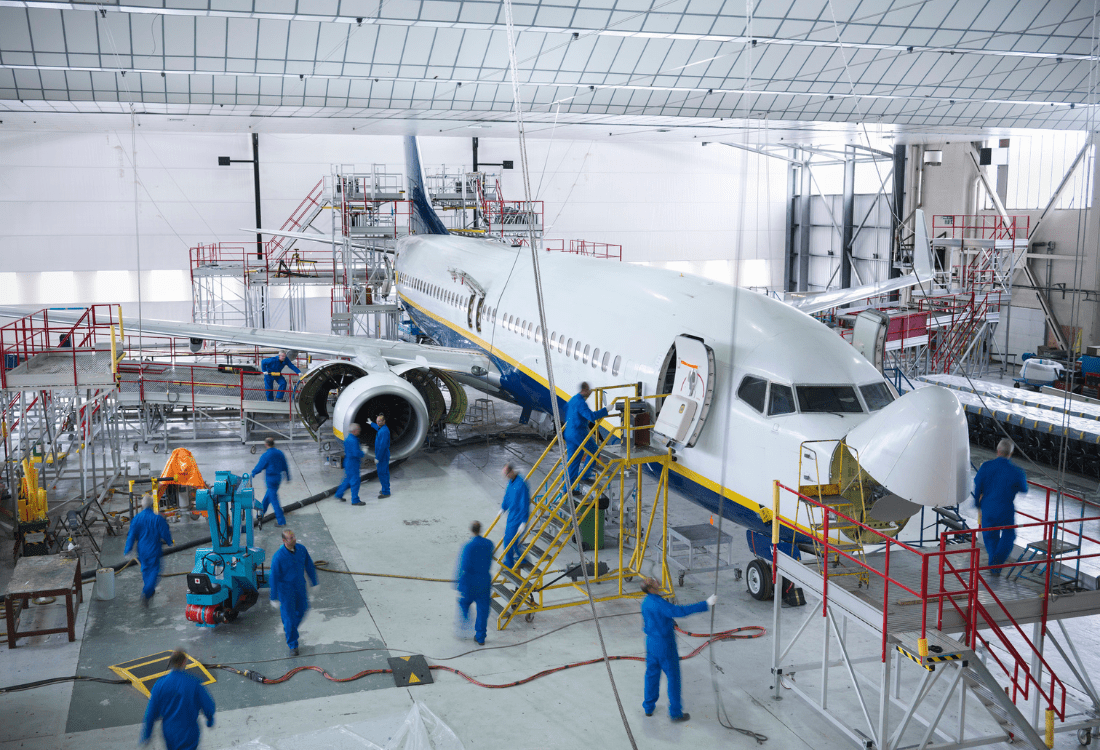From Aerospace To Automotive: Why Consistent Edge Finishing Matters
7 May 2025

In industries where precision is paramount, consistent edge finishing can be the key to optimal performance, durability and safety. This could be components for aerospace projects that need to withstand extreme levels of force or precise and high-quality automotive parts that are essential to a smooth assembly line flow – consistency always matters in engineering.
It's worth taking a closer look at the key benefits that high-quality edge finishing can bring to a range of manufacturing and engineering industries.
Structural Integrity & Performance
Correctly finished edges contribute significantly to the structural integrity and security of components across a range of industries. In both aerospace and automotive sectors, this can be extremely important. Rough and uneven edges can cause stress concentrations which can lead to metal fatigue and even fractures, which could be a huge safety concern, especially in components where high levels of stress and pressure are likely. In automobiles, a combination of high speed operations, mechanical vibrations and continuous strain mean that weak points need to be eliminated. And a key way of doing this is through uniform edge finishing.
Safety & Reliability
Safety is a major concern across multiple sectors, and poor edge finishing can lead to misalignment and defects which increase the likelihood of failures. Aerospace deburring and smooth edges help to ensure correct alignment during assembly, which in turn reduces the chances of mechanical errors which could compromise safety. In an industry like aerospace, where even the tiniest defect could have disastrous consequences, edge finishing takes on an even greater importance. When components need to function under extreme conditions, precision and quality finishing can provide a crucial guarantee of safety and security.
Enhances Corrosion & Wear Resistance
Metal components are always at risk of corrosion and wear over time, which can be accentuated by rough edges that can trap moisture and debris to accelerate this weakening process. In industries where components are exposed to harsh conditions on a regular basis (such as extremes of temperature and high levels of humidity) removing burrs and rough edges can improve safety and reliability, as well as enhancing the longevity of products and reducing maintenance costs over time.
Optimises Precision & Assembly Fit
When tight tolerances are required, edge finishing is very important for a precise and seamless assembly. Poor edge finishes can interfere with the fit of components, leading to costly rework and a reduction in mechanical stability. In industries where mass production is common, such as automobiles, metal edge finishing prevents defects that could affect the final assembly.
Boosts Aerodynamics & Fuel Efficiency
Both aircraft and automobiles rely on aerodynamics to boost performance, and well-finished edges help to reduce drag and increase stability. Air resistance also helps to minimise air resistance and reduce fuel costs. Quality control in the automotive industry and aerospace manufacturing can, therefore, lead to a boost in sustainability, helping businesses to meet compliance and enhance customer relations.
Meets Industry Compliance Standards
Aerospace and automotive manufacturers must adhere to a number of industry regulations and standards, including ISO, AS9100, and SAE standards. This makes edge quality essential for regulatory approval and product reliability. Poorly finished edges can result in failed inspections and costly rework, not to mention negatively affecting brand reputation and customer relations.
In aerospace and automotive manufacturing, precision matters. Sparx Machine Tools offers high-performance deburring solutions that can elevate your business capabilities. Contact our team today to find out more!
Image Source: Canva


